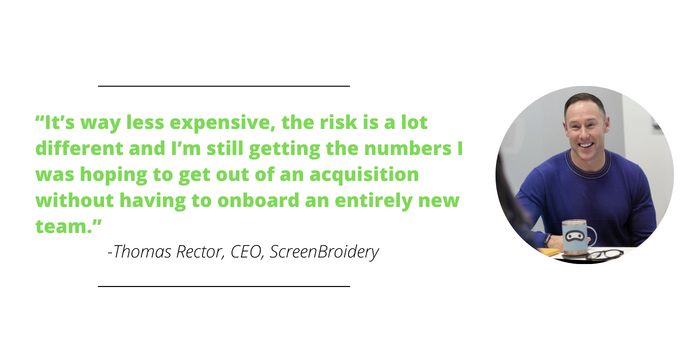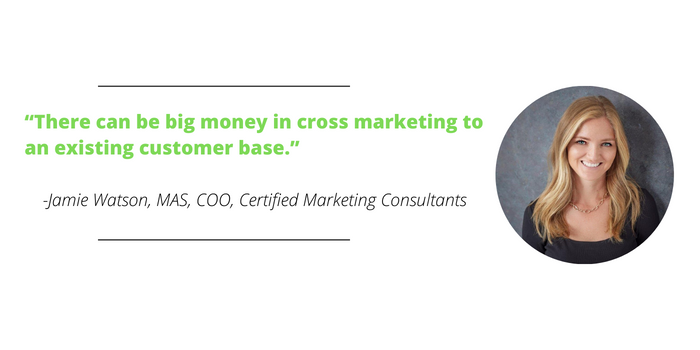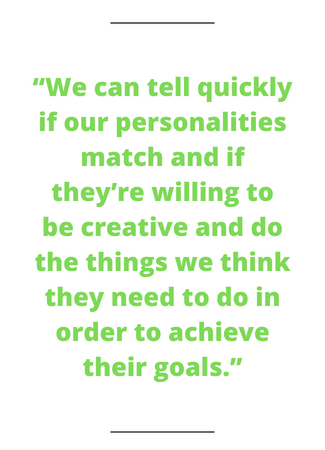ScreenBroidery’s M&A Strategy: Portfolios, Not Competitors

Thomas Rector, CEO of Noblesville, Indiana-based distributor ScreenBroidery (PPAI 638974, Gold), was ready to plunge into the mergers and acquisitions game when a novel opportunity fell into his lap in 2022.
A local distributor of office supplies had been dabbling in promotional products as an added service to its clients, but now wanted out of promo after diminishing returns. So, the company asked if ScreenBroidery would be interested in acquiring its portfolio of promo customers.
“Promo isn’t their specialty, so the customer experience they create isn’t very good and it actually harms their core business,” Rector says. “Although there’s a synergy between office supplies and promo, there’s a lot more complexity involved in taking orders, and they don’t have the staff to manage it.”

A 16-year promo veteran, Rector figured this was an easy way to begin M&A activity in an ever-consolidating industry.
Over the next year, ScreenBroidery onboarded the accounts it found desirable, pairing those customers with a sales team that specializes in the types of needs each customer may have. Ultimately, the acquisition led to $1.5 million in new business, with ScreenBroidery paying the original distributor a percentage of the profits earned per quarter as a monthly commission.
“It’s way less expensive, the risk is a lot different, and I’m still getting the numbers I was hoping to get out of an acquisition without having to onboard an entirely new team,” Rector says.
Getting The Deal Done
In the promo industry, most company acquisitions are actually asset purchases rather than the purchase of an actual corporate structure, according to Jamie Watson, MAS, COO of Huntertown, Indiana-headquartered Certified Marketing Consultants, which specializes in advising promo firms on M&A, private sales and business valuations.
“The largest asset for a distributor is almost always going to be the portfolio,” Watson says, “so in terms of purchasing a company, many times what we’re actually talking about is purchasing a portfolio. That probably accounts for 75% of the acquisitions within our industry.”
Meanwhile, the office supply industry has been filtering into promo for quite some time now, with Staples Promotional Products – ranked the No. 3 distributor in the inaugural PPAI 100 – being the largest example.

“The print industry is also one of those compatible, horizontal integrations that began when the demand for print started to dwindle,” Watson says. “There can be big money in cross-marketing to an existing customer base.”
Rector can attest. Following the success of the first portfolio acquisition, he began hunting down other companies in similar situations. In 2023, he landed another, structuring a different deal in which the commission would be a percentage of the total gross revenue.
- ScreenBroidery recently acquired its third portfolio, and Rector says he’s in talks with three more firms who are promo dilettantes.
“You have to be the best on the customer experience side because that’s what they’re missing,” Rector says. “You have to add value, know what that value is and be good at communicating it when you’re onboarding new clients. We tell them, ‘Here’s what’s going to be different and why you’ll have a better experience working with us.’”
Overcoming Hurdles
As is the case with most acquisitions, there were a couple hiccups during the transition.
Although ScreenBroidery received several “decent-sized” accounts, the company wasn’t going to accept every referral. After all, Rector’s team prides itself on qualifying customers with the most potential.
“We can tell quickly if our personalities match and if they’re willing to be creative and do the things we think they need to do in order to achieve their goals,” Rector says. “Sometimes, the amount they have budgeted doesn’t match what they want to achieve. We’ve learned how to manage that conversation, either saying this isn’t a good fit right now or passing them over to another local distributor.”
There was also a disconnect between business models:
- The original distributor hosted online stores for some of its customers and owned all the inventory.
- Conversely, ScreenBroidery requires customers to prepurchase inventory.
Rector’s solution was to bring over all the inventory to ScreenBroidery’s warehouse, paying the original distributor the net cost, plus 1% or 2%. Then, the company worked out a deal with the new customers where they’d buy the inventory over time to avoid a substantial upfront cost.
Negotiation and compromise are essential to effectively transferring accounts. A buyer is always looking for the 1 + 1 = 3 scenario, Watson says, so the onus is on distributors to show them how that’s possible.
“The best scenario is when a seller doesn’t want to exit right away and keeps a stake in the ongoing success of the company,” Watson says. “That requires some planning so give yourself extra time in your succession plan to accompany the buyer through the transition stage so you can participate in the growth and maximize the value of your company.”

